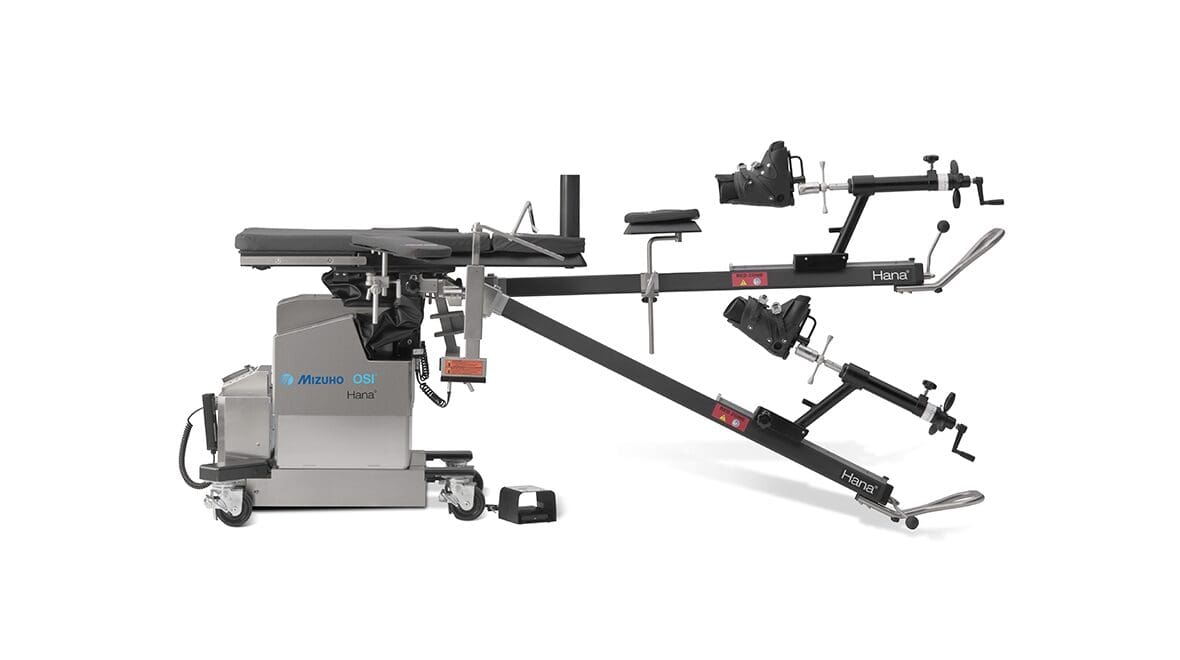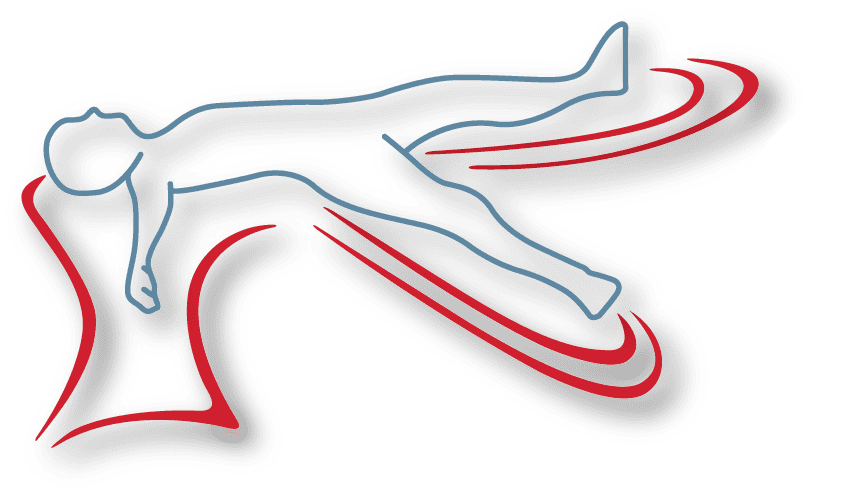Femoral Techniques and Fixation: Panel Discussion Highlights
During AHF 2023 , a panel of experts discussed the current most challenging aspects of femoral fixation during total hip arthroplasty, from surgical techniques to cementation methods.
1. Optimal Hip Cementation Techniques
– The panel delved into the intriguing “French paradox” cement technique, which involves line-to-line impaction broaching for hip surgeries. This approach offers an alternative to traditional cementation methods.
– The importance of selecting the right stem design and surface finish was highlighted. Choosing the appropriate components is crucial for ensuring successful outcomes with the French paradox technique.
2. Hip Stem Selection for Challenging Cases
– The discussion underscored the significance of individualizing hip stem selection, especially in challenging cases. Factors such as patient-specific anatomy, deformities, and bone quality should influence your choice of hip stem.
– The expert panel suggested that certain stem designs, like the Actis stem, have demonstrated remarkable success rates in reducing periprosthetic fractures, even in anterior approach surgeries.
3. Advanced Imaging and Real-Time Data
– Orthopedic surgeons were urged to embrace cutting-edge technology, such as imaging and computer guidance systems, for enhanced surgical precision. These tools can assist with optimizing leg length and alignment.
– In particularly complex cases, the use of C-arm imaging was recommended to obtain real-time information about both hips. This approach ensures accuracy and prevents unexpected complications.
4. Selective Releases for Improved Exposure
– Achieving adequate exposure in hip surgery is crucial for successful outcomes. The panel encouraged surgeons to adopt a more selective approach to releases, focusing on what is necessary to optimize exposure.
– Learning the art of selective releases can reduce tissue trauma and contribute to faster patient recovery without compromising surgical goals.
5. Mastering the Art of Cementation
– Cementing in hip surgery was discussed as both an art and a science. Surgeons were reminded that proficiency in cementation techniques comes with practice and experience.
– The panel suggested that for surgeons less experienced with cementing, practicing more can lead to improved results, ultimately benefiting patients.
The panel discussion offered a wealth of insights for hip-focused orthopedic surgeons. From exploring innovative cementation methods to adopting advanced technology for precise surgeries, the field is continually evolving. As you continue to refine your techniques, remember that the right approach depends on the individual patient and the case at hand. Stay curious, stay innovative!






